Britain's most eccentric crooked buildings, from the pub that looks tipsy to the church that leans more than the Tower of Pisa
Warped, twisted and wonderfully wonky, who can fail to be intrigued by the quirky glory of Britain’s medieval buildings? Rob Crossan explores the asymmetrical charm of the crooked house.
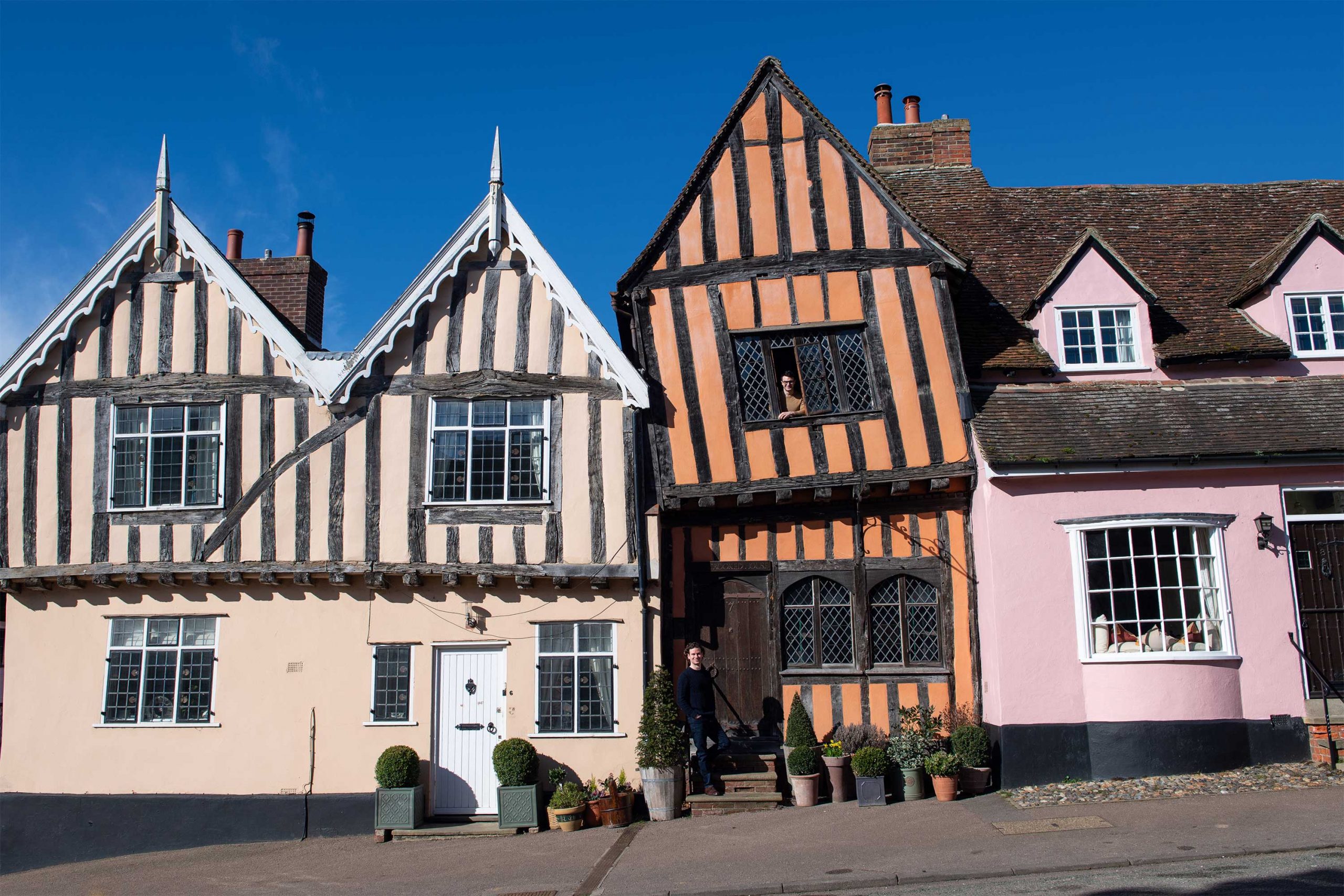

Accidents will happen, but their consequences needn’t always be disastrous. In the 1930s, Ruth Wakefield, proprietor of the Toll House Inn in Whitman, Massachusetts, US, created the chocolate-chip cookie by chance when throwing broken slabs of chocolate bars into her biscuit mix, assuming they would melt in the oven. Her mishap created one of the world’s favourite sweet treats. And so it is with buildings that tilt, lean, list, slope or camber. We have long embraced these architectural equivalents of the failed soufflé with the kind of warmth and sentiment usually reserved for the retro sweets of our childhood.
Wonky pubs, houses and church spires are the poor kittens of construction and their obvious failings are precisely what we most adore about them. Perhaps it’s because a crooked building is a wobbly riposte to all that is over engineered, over codified and, inevitably, over budget on our high streets. Or because, as a nation, we love the eccentric in any form (except when it comes to war memorials and train timetables).
Certainly, when we featured Alex and Oli Khalil-Martin’s 600-year-old pumpkin-hued home, the Crooked House in Lavenham, Suffolk, on the front cover of the January 12, 2022, issue, the magazine sold like hot cakes.
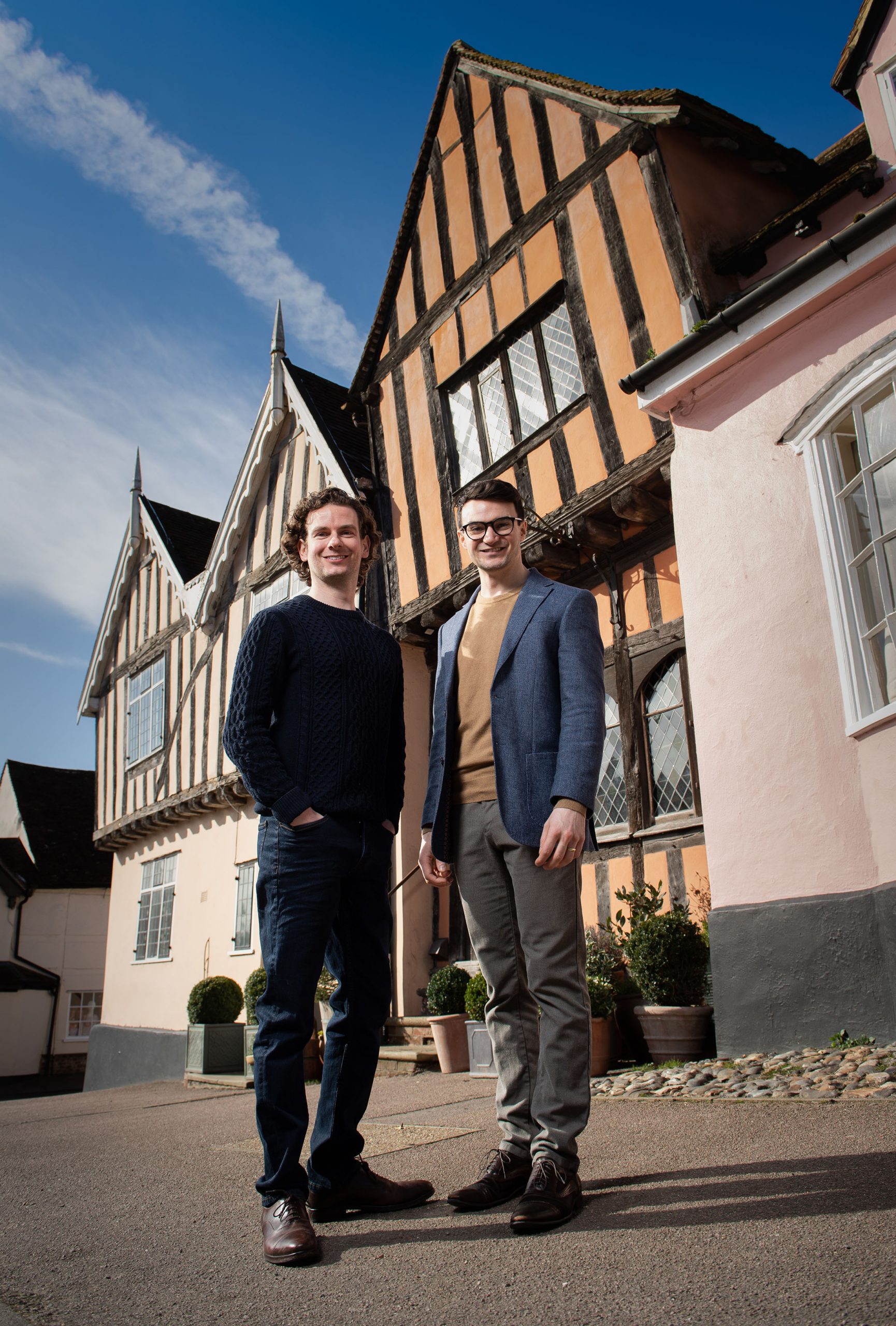
‘With a house like this, you’re looking after it for the time you have it, not owning it,’ Oli told us in a subsequent article.
‘There’s such a long line of people that have lived here and you are part of that chain.’
Either way, we have a single-minded determination to preserve these warped houses and leaning churches from collapse or demolition. The furore over the destruction of The Crooked House pub in Himley, Staffordshire, in early August shows exactly how attached we are to the love children born from bizarre clashes of scale, material, soil and weather. Here’s our pick of five favourites to admire.
‘A very old house bulging over the road’: the Crooked House bookshop, Canterbury, Kent
Looking as if the entire building could lurch forward and squash anyone unfortunate enough to be walking along Prince Street, Canterbury’s Crooked House bears an inscription from Dickens’s David Copperfield, which reads: ‘A very old house bulging out over the road… leaning forward, trying to see who was passing on the narrow pavement below.’
Sign up for the Country Life Newsletter
Exquisite houses, the beauty of Nature, and how to get the most from your life, straight to your inbox.
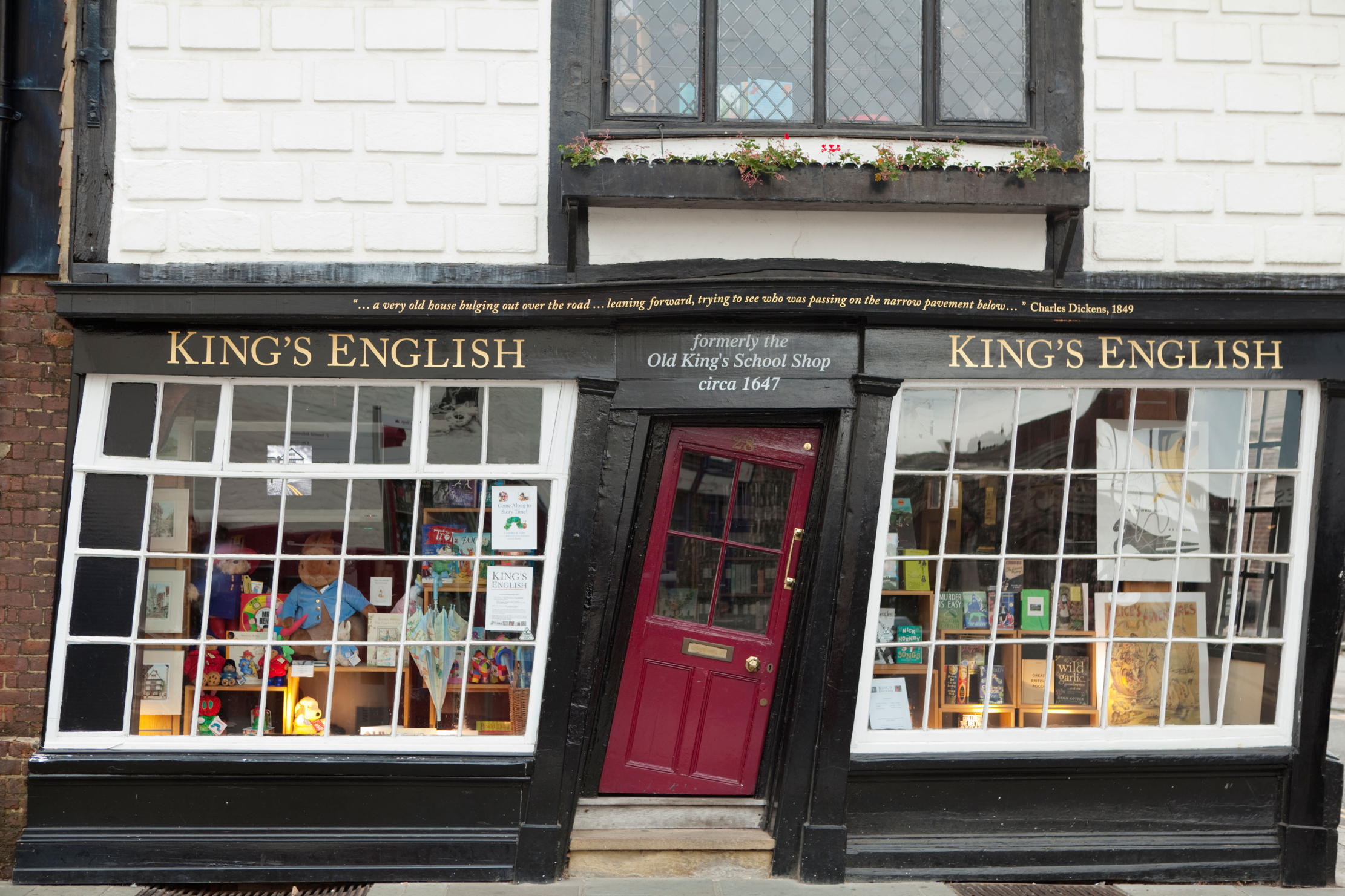
This swathe of Kent is very much Dickens country, although the building actually dates back much earlier, to 1617. Built upwards over the ensuing years floor by floor, as was common in past centuries, it became visibly crooked in the early 20th century, when some botched attempts to fix an internal chimney resulted in the building lurching sideways.
The chimney itself collapsed entirely in 1988, although a steel frame means the house won’t tilt any further than its current precarious-looking angle. Used over the centuries as a musical-instrument shop, an art gallery and a clothing store for school uniforms, the Crooked House is now home to a bookshop run by the Catching Lives charity, which works with rough sleepers in the local area.
The frugal tilt: Crooked House of Windsor, Berkshire
Some homes might have become lopsided because the owners knew — or cared — nothing about building weights. Down in Berkshire however, the crookedness of what is now called the Shambles Bar was caused by plain municipal parsimoniousness.
Originally known as Market Cross House upon its construction in 1592, the building stood on the fringes of Windsor’s market square for almost a century before it was demolished to make way for what would become the town’s Guildhall. A legal furore over land rights ensued and it was decreed that the Market House must be rebuilt by the council.
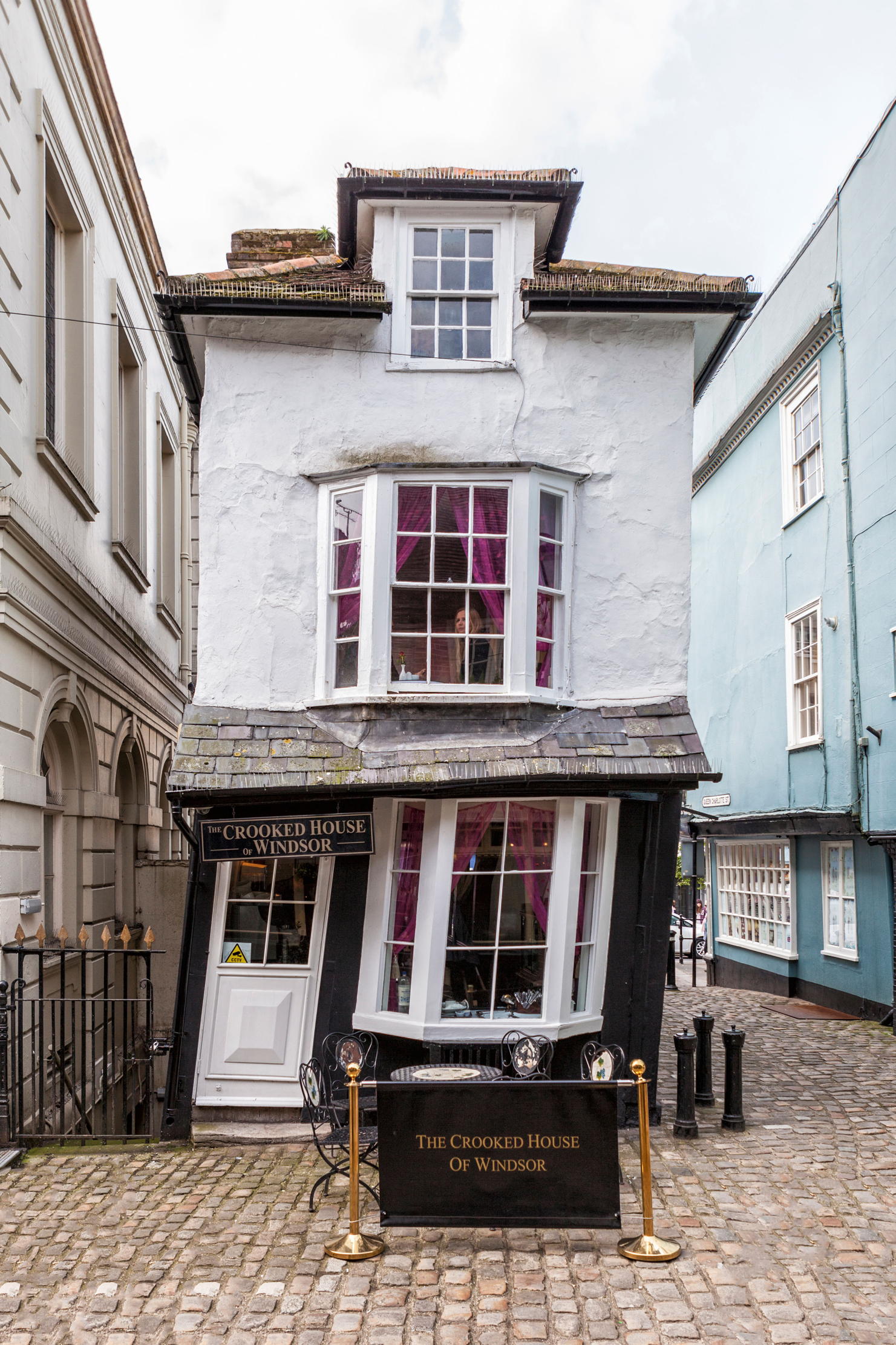
This was done, as was conventional, using green oak (the seasoned wood is so hard as to be almost impossible to work). As the wood dried out, it seriously buckled, leading to the woozy shape that has, over the following centuries, played host to a florist, a butcher’s, an antiques shop and a tea room, which closed down in 2015.
After a short time as a jewellery shop, the Crooked House was reborn this summer as a bar run by Hamish and Pip Denny, whose adoration of the building’s quirks led the couple to purchase it. ‘The Crooked House is such an iconic building in Windsor — the second-most photographed to the castle, we think — so what’s not to love?’ says Mrs Denny. ‘Our building is not only wonky, but Grade II-listed, so the crooked doors are merely the start of the fun. The low beams in the basement, the narrow staircases and the sloping roof in the loo are daily factors to contend with — but what is a day in a Crooked House without a few obstacles to negotiate? We have oddly become accustomed to the wonky floor when carrying drinks to tables, but it is enjoyable to see our guests marvelling at how lopsided the building is on the inside.’
Pipping Pisa to the post: St James’s Church, Dry Doddington, Lincolnshire
Tilting at an angle between 4.9˚ and 5.1˚, the tower of St James’s Church in the Lincolnshire village of Dry Doddington is substantially wonkier than even the leaning tower of Pisa in Italy (where the angle is a mere 3.99˚).
The church was built in the 12th century and the reason its towers are lopsided is hotly debated — local-history groups believe it could be due to soil erosion or the excavation of land to bury bodies during the Great Plague.
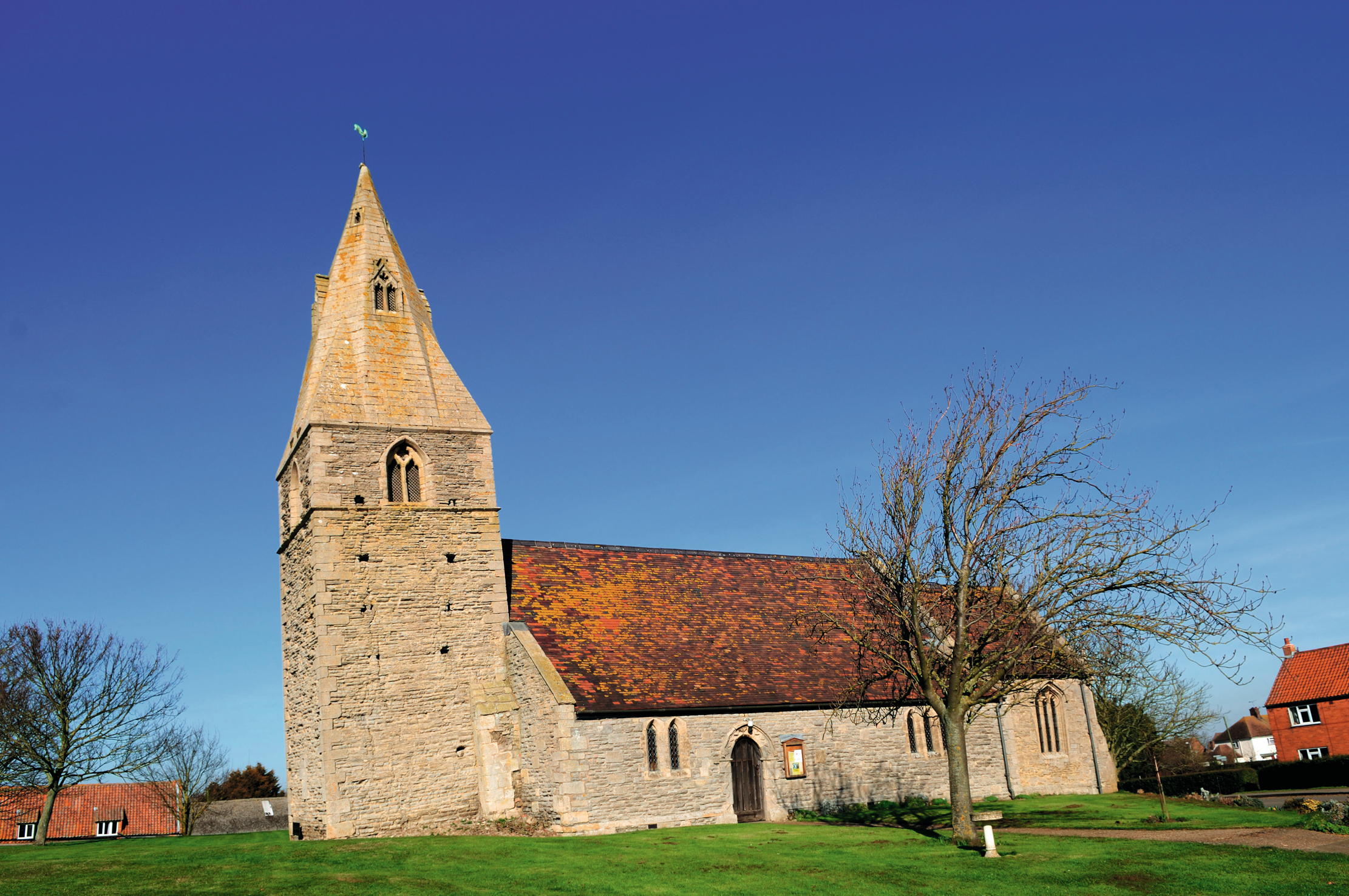
In 2015, the Grade II-listed spire required £100,000 of repairs to its eroded stonework. Yet the tilt remains preserved at its present angle, chiefly thanks to work carried out in 1918 to underpin the tower so that, hopefully, it won’t lean any further.
Punching above its weight: Little Moreton Hall, near Congleton, Cheshire
The Tudors had as many problems with house extensions as we do; nowhere more so than at Little Moreton Hall, near Congleton, in Cheshire, the quite exceptional wonkiness of which was, for centuries, believed to be due to boggy, marshy ground lying underneath. However, more recent excavations showed the underlying land to be dry. Historians of the property, now in the hands of the National Trust, believe its myriad drunken-looking leanings were caused by an unwise attempt to add a gallery onto the existing building without bothering to reinforce the floors below to deal with the extra weight.
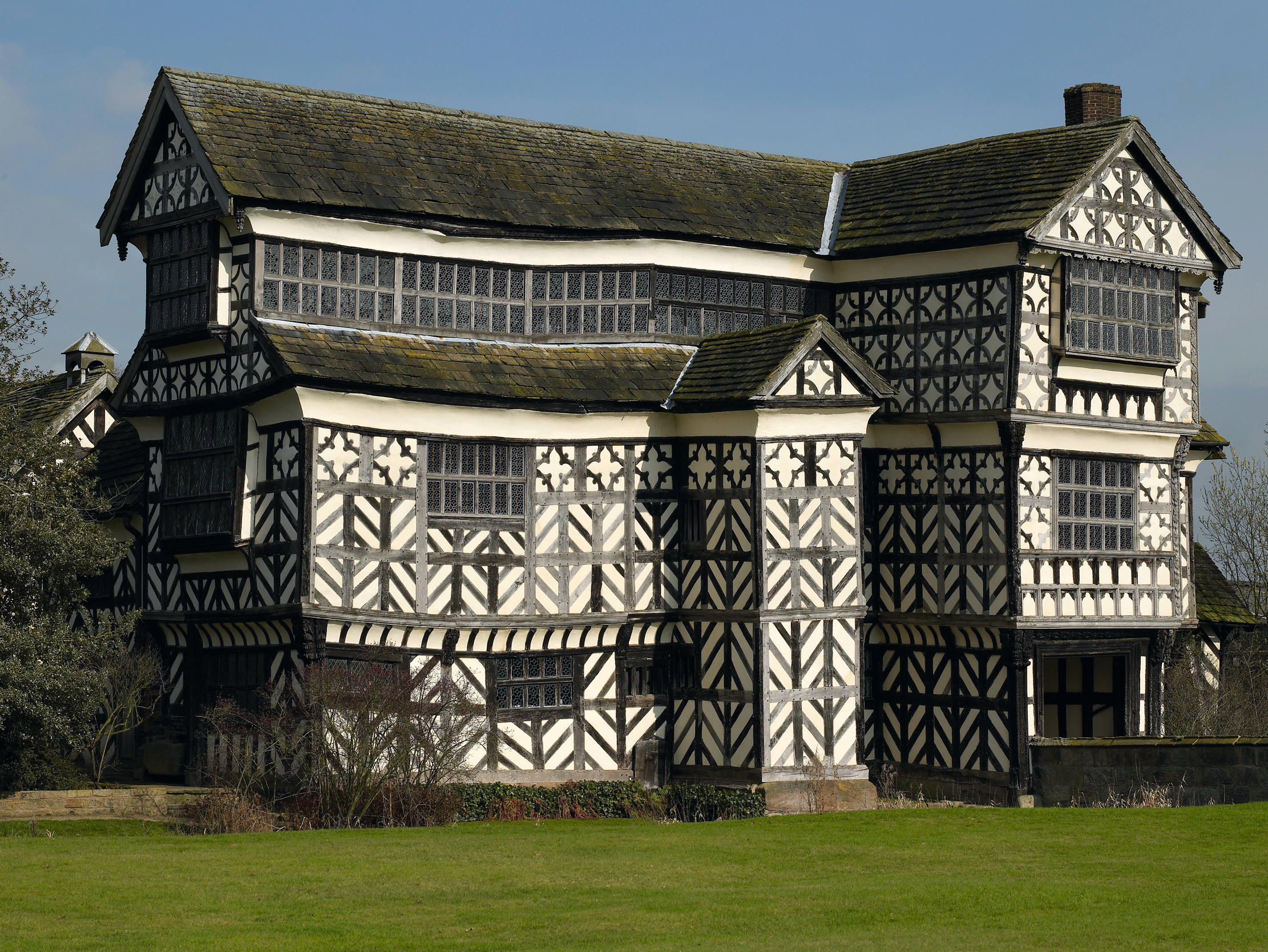
If so, the culprits would have been the Moreton family, Cheshire landowners who expanded the three-storey hall piecemeal over four generations. In keeping with the times, it’s likely that the gallery that caused the wonkiness was built for indoor games of bowls when the weather turned inclement.
Other curiosities of the family’s making include mullioned windows containing 37,000 leaded panes of glass, a trompe l’oeil painting and a figure holding a sphere, identified in a strangely spelt inscription: ‘Speare of Destinye.’
Handy for darts: The Tilted Barrel, Tipton, West Midlands
Listed Grade II in 1987, this modest hostelry in Tipton is a strong contender — following the notorious fire and subsequent demolition of The Crooked House pub in Himley, five miles away — to being the UK’S wonkiest boozer.
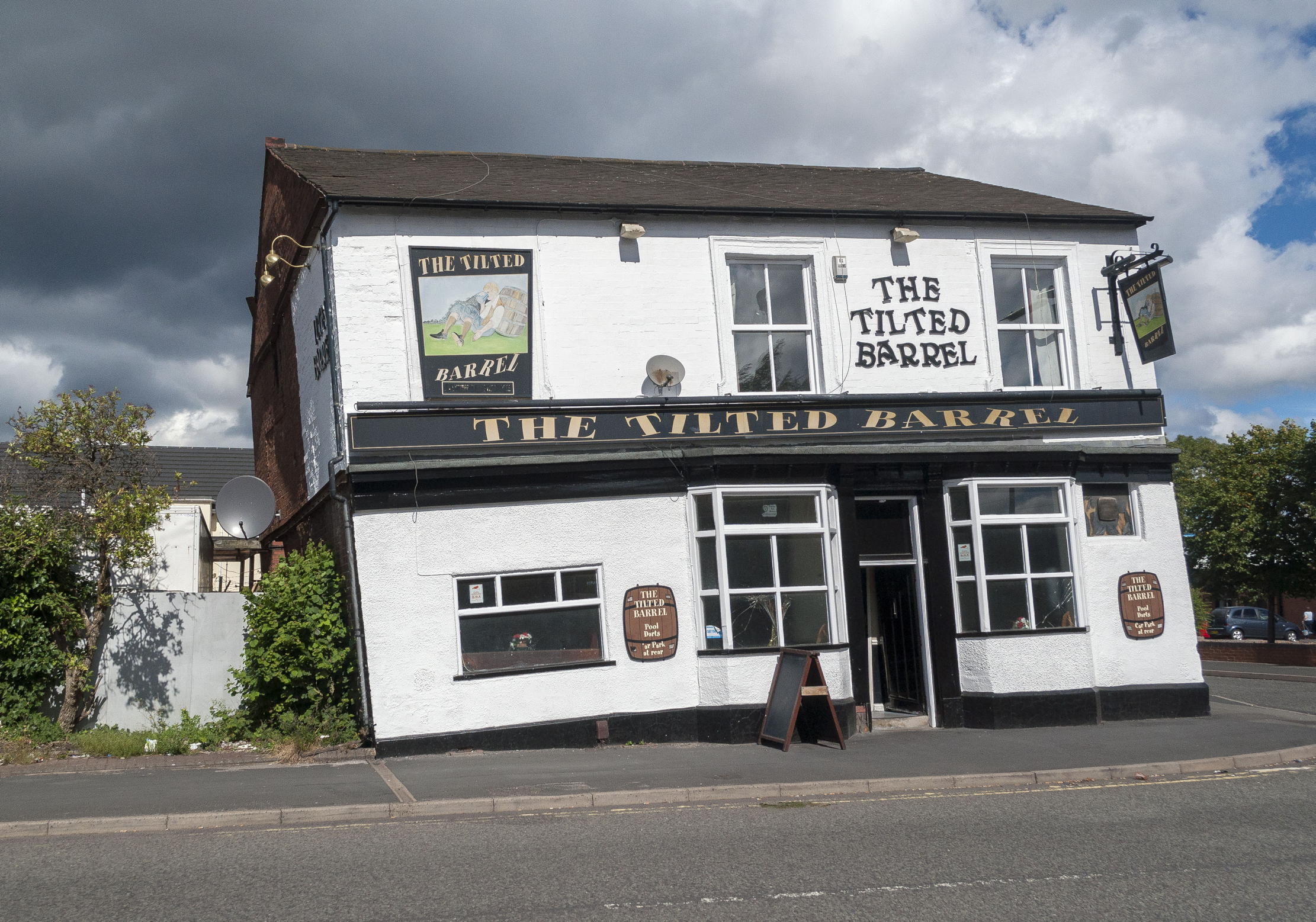
The building, dating from 1820, developed its notable lean, which is particularly acute on the left side of the pub, because of mining subsidence. For years, this resulted in balls on the pool table rolling upwards, until current landlady Haych Mann, who took over in February this year, moved the table to the other side of the building.
‘I simply fell in love with the place. It was unique and quirky,’ Ms Mann recently told the Birmingham Mail. ‘It was a bit run down when I took it over. I couldn’t believe people were drinking here in the state it was in, but, at the same time, I thought it was brilliant.’
The baize may now be straighter, but the new owner has vowed to keep the dart board in place. Regulars swear its slanted oche (the line players stand behind) gives the pub’s darts team an advantage over visiting players.
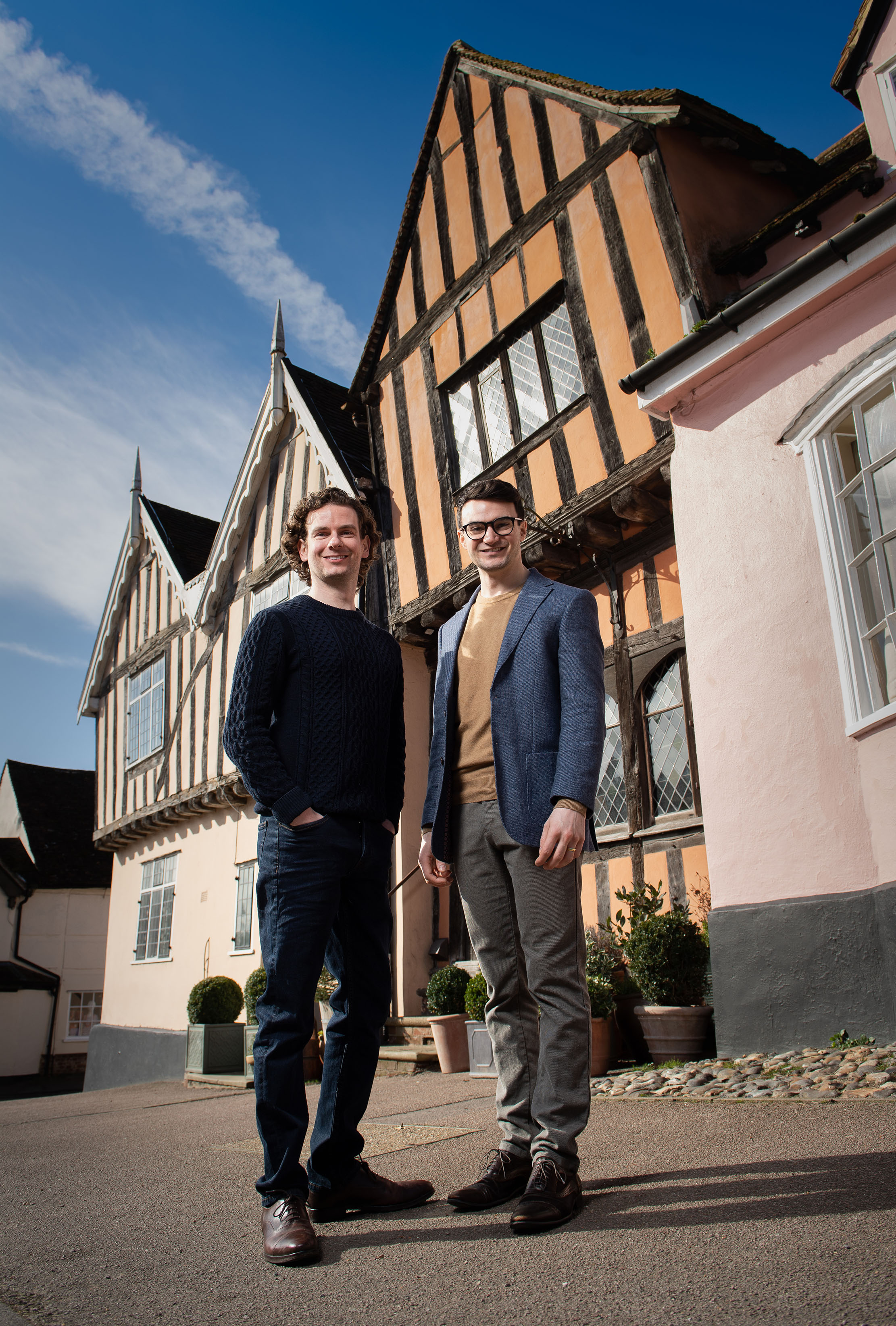
What it's like to live in the world's most famous crooked house
A few months ago this irresistibly pretty house in Lavenham, Suffolk, featured on the cover of Country Life. We caught
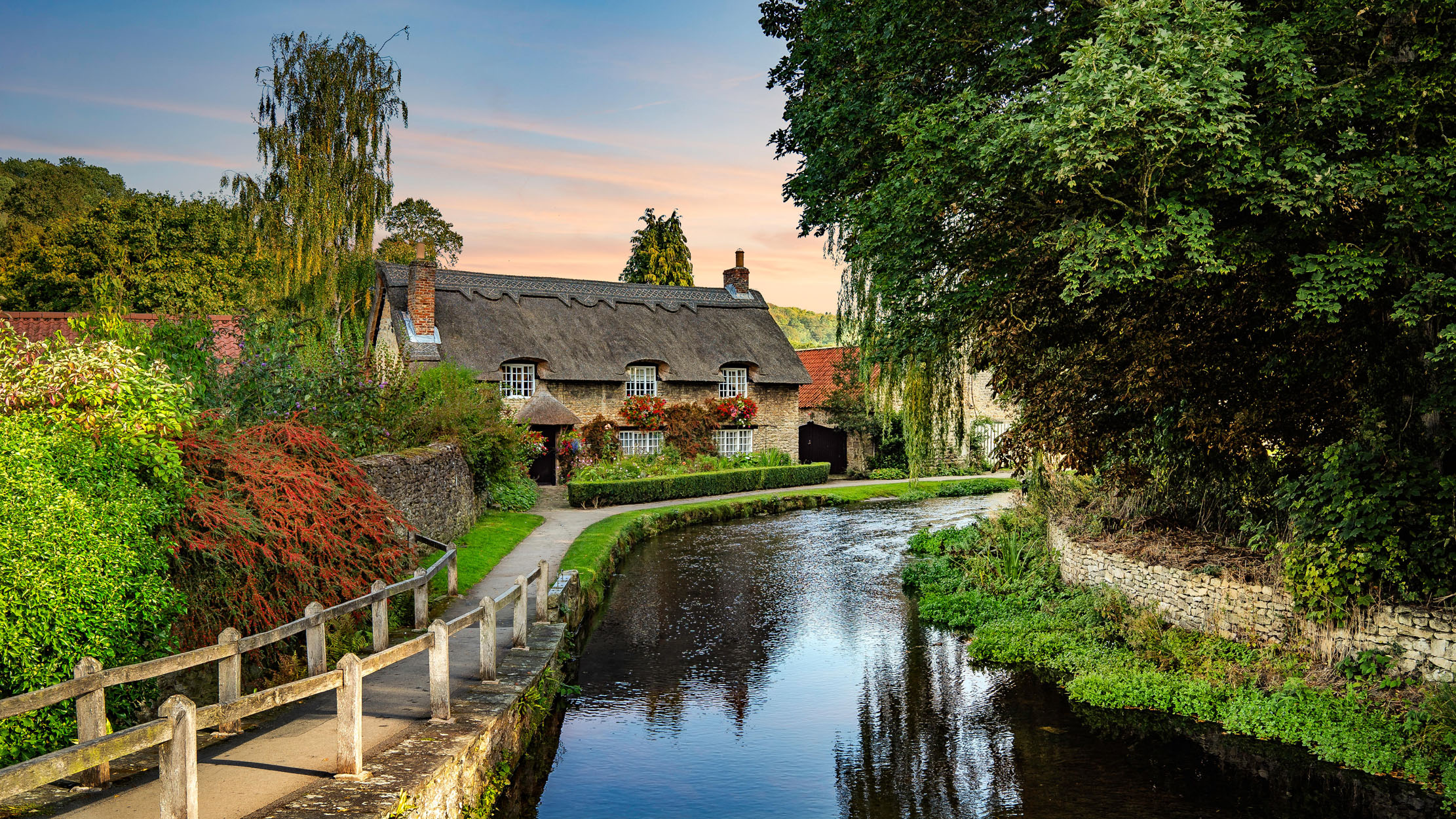
20 of the best places in England to live if you've a one-or-two day-a-week commute
The world has changed — and far quicker than anyone thought it could. But the 'new normal' means millions of us

Credit: Strutt and Parker
Best country houses for sale this week
An irresistible West Country cottage and a magnificent Cumbrian country house make our pick of the finest country houses for
Rob is a writer, broadcaster and playwright who lives in Brixton, South London. He regularly contributes to publications including the Daily Mail, Daily Telegraph and Conde Nast Traveller. Rob is the Special Correspondent for the BBC Radio Four programme Feedback and can also be heard on the From Our Own Correspondent programme on BBC Radio Four and the World Service. His first play, 'The Gaffer', premiered at the Underbelly Theatre as part of the Edinburgh Fringe in 2023.
-
 What should 1.5 million new homes look like?
What should 1.5 million new homes look like?The King's recent visit to Nansledan with the Prime Minister gives us a clue as to Labour's plans, but what are the benefits of traditional architecture? And can they solve a housing crisis?
By Lucy Denton
-
 Having a ruff day: Kennel Club exhibition highlights the plight of vulnerable spaniel breeds
Having a ruff day: Kennel Club exhibition highlights the plight of vulnerable spaniel breedsPhotographer Melody Fisher has been travelling the UK taking photographs of ‘vulnerable’ spaniel breeds.
By Annunciata Elwes